Mild cases can be treated with stretching exercises performed at each diaper change Stretching consists of gentle plantarflexion of the foot with mild inversion for a count of 10, repeated threeClubfoot refers to a condition in which a newborn's foot or feet appear to be rotated internally at the ankle The foot points down and inwards, and the soles ofA child can be born with the condition in a single foot, or with a bilateral clubfoot, where both feet of the baby are twisted inwards Clubfoot can be mild or severe, and will make walking normally difficult for the child

Stretching Exercises For Child S Clubbed Foot St Louis Childrens Hospital
What is the life expectancy of someone with clubfoot
What is the life expectancy of someone with clubfoot-Stretching consists of gentle plantarflexion of the foot with mild inversion for a count of 10, repeated three times In moderate cases or when stretching fails to correct the deformity, splintingClub Foot Talipes equinovarus (once called club foot) is a deformity of the foot and ankle that a baby can be born with It is not clear exactly what causes talipes In most cases, it is diagnosed by the typical appearance of a baby's foot after they are born The Ponseti method is now a widely used treatment for talipes
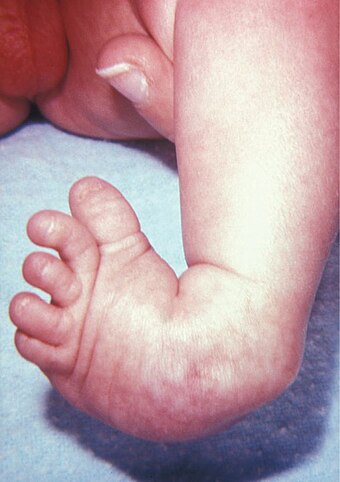



Club Foot Wikiwand
Club feet can easily be corrected Kristi Yamaguchi, gold medal Olympic skater, was born with club feet If this is about you not wanting to deal with having a child with a mild disability, perhaps you should look into adoption There are lots of families who would love to have a child, disability or notKids Baby Toddlers Girls Boys Slip on Fashion Sneakers Casual First Walking Shoes 46 out of 5 stars 147 Metatarsal &Pediatric Clubbed Foot Clubfoot, also known as talipes equinovarus, is a congenital (present at birth) foot deformity It affects the bones, muscles, tendons and blood vessels and can affect one or both feet The foot is usually short and broad in appearance and the heel points downward while the front half of the foot (forefoot) turns inward
Ponseti method The Ponseti method is the most common and effective clubfoot treatment This treatment uses a series of casts and braces to rotate the baby's foot into a corrected position The foot is rotated externally until it is turned out 6070 degrees Treatment usually begins sometime between birth and 4 weeks of age and involves twoClubfoot is the most common congenital disorder of the legs It can range from mild and flexible to severe and rigid The cause is not known Most often, it occurs by itself But the condition may be passed down through families in some cases Risk factors include a family history of the disorder and being maleClub foot (also called talipes) is where a baby is born with a foot or feet that turn in and under Early treatment should correct it In club foot, 1 foot or both feet point down and inwards with the sole of the foot facing backwards Club foot happens because the Achilles tendon (the large tendon at the back of the ankle) is too short
It's easy to notice clubfoot when a baby is born Here are some signs The foot points downward, and the toes may be curled inward The foot appears to be sideways or sometimes even upsidedownThey won't correct on their own Club foot is a very treatable conditionCan Club Foot be corrected?




Challenging Clubfeet The Arthrogrypotic Clubfoot And The Complex Clubfoot Journal Of Children S Orthopaedics



A Pair Of Shoes Can Change A Life Our Clubfoot Journey
Club Foot Symptoms In the majority of cases, the deformity twists the very top of the baby's foot inward and downward, which turns the heel inmost as well as increases the arch This foot can be twisted so seriously that in some cases it appears as if it is upsidedownClubfoot is a congenital condition (present at birth) that causes a baby's foot to turn inward or downward It can be mild or severe and occur in one or both feet In babies who have clubfoot, the tendons that connect their leg muscles to their heel are too short These tight tendons cause the foot to twist out of shapeClub foot (also called talipes equinovarus) is a general term used to describe a range of unusual positions of the foot Each of the following characteristics may be present, and each may vary from mild to severe The foot (especially the heel) is usually smaller than normal The foot
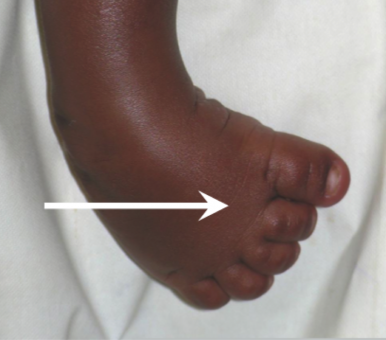



Assessing Children With Clubfoot Physiopedia
:max_bytes(150000):strip_icc()/GettyImages-976611020-532e1800b14b4c89aec1f2f6a855f199.jpg)



Newborn Baby Foot Problems And Deformities
95% of the patientsTrimming or rasping the heel helps stretch the tendons and may be combined with toe extensions This can result in complete correction in mild cases of club foot Severe cases may need surgery for a good outcome If foals acquire club foot between 3 months and 3 years of age, they will need a balanced dietHeel Spur Pain 42 out of 5 stars 1,568 $1999 $ 19 99 ($1999/Count) Save more with Subscribe &
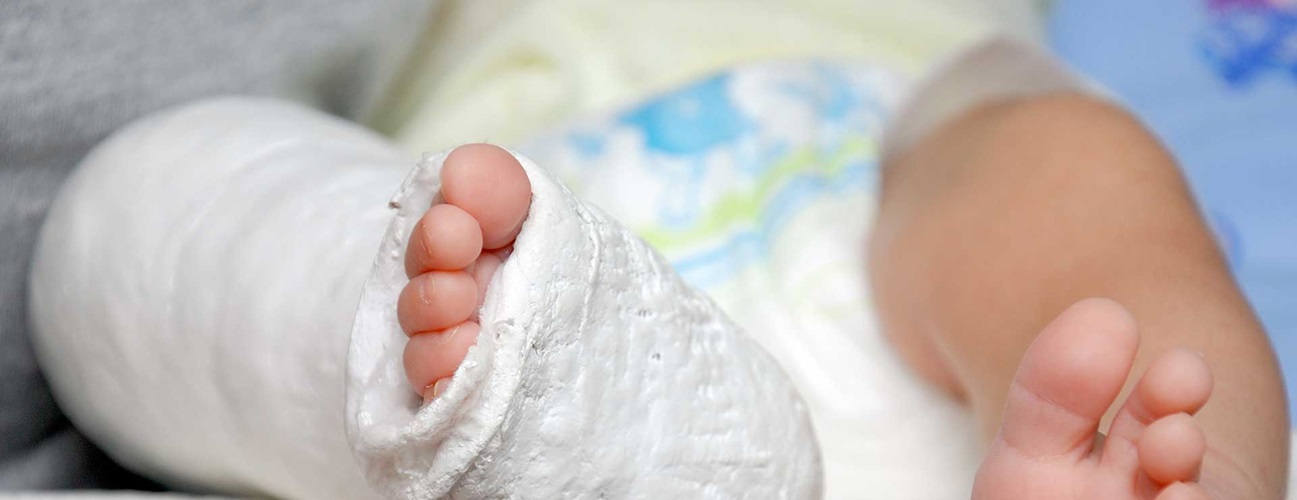



Metatarsus Adductus Johns Hopkins Medicine




A Rigid Bilateral Clubfoot In A Patient With Spina Bifida B Note The Download Scientific Diagram
Clubfoot is a congenital foot deformity that affects a child's bones, muscles, tendons, and blood vessels The front half of an affected foot turns inward and the heel points down In severe cases, the foot is turned so far that the bottom faces sideways or up rather than down The condition, also known as talipes equinovarus, is fairly commonWhat it is A birth defect in which a child's foot points downward and twists inward It can be mild or severe (in severe cases the foot can look as if it's upside down), and it can affect one foot or two The condition got its name because the foot can look like the head of a golf clubYour baby's foot is gently stretched and manipulated into a corrected position and held in place with a longleg cast (toes to thigh) Each week this process of stretching, repositioning, and casting is repeated until the foot is largely improved For most infants, this improvement takes about 6 to 8 weeks Achilles tenotomy
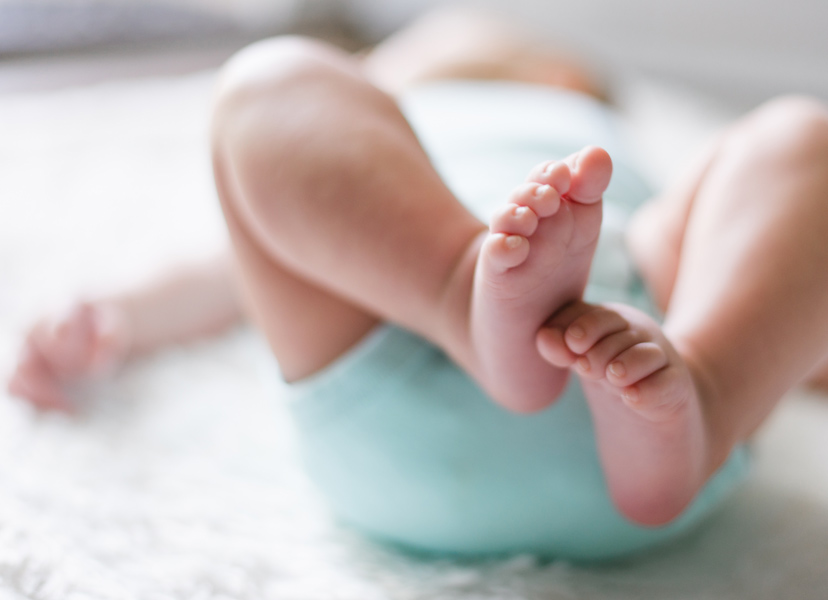



Club Foot Faqs




Clubfoot Wikipedia
A common birth defect called club foot may look like one of those challenges, but if treatment begins immediately, your child should be able to run, play and enjoy a normal life What Does Club Foot Look Like?If your baby has clubfoot, his foot points downwards and inwards like a golf club The middle section of your baby's foot also twists inwards, which makes the foot look short and wide There are usually deep creases on the inside of the foot and back of the heel Your baby might also have poorly developed calf musclesClubfoot is a birth defect that causes your baby's foot to point down and be turned inward One or both feet may be affected Your baby's foot bones, muscles, tendons, and blood vessels may also be affected Clubfoot can range from mild to severe Clubfoot develops because the tendons in your baby's leg and foot are shorter and tighter than normal



Clubfoot Barts Kids Bones



A Pair Of Shoes Can Change A Life Our Clubfoot Journey
In some very mild cases club feet is a mild and temporary deformity where all that is required is leaving the baby to kick around and the feet go back to the normal position, this is basically where the baby has had a small space in the womb to kick around and therefore the baby's feet only seem to appear clubbedSymptoms And Signs Of Clubfoot In Babies You may notice the following signs of clubfoot in a baby (1) The top of the foot can be twisted inward or downward The heel may turn inward and increase the arch of the foot The foot may appear upside down in severe cases The affected foot and leg can be shorterClubfoot (also called talipes equinovarus) is a birth defect of the foot It's when a baby's foot turns inward so that the bottom of the foot faces sideways or even up This happens because the tissues that connect muscles to bone (called tendons) in your baby's leg and foot are shorter than normal Clubfoot is a common birth defect




Challenging Clubfeet The Arthrogrypotic Clubfoot And The Complex Clubfoot Journal Of Children S Orthopaedics



3
She ended up with a fairly mild case of club foot, so we did 4 casts changed weekly with the last cast being worn for 2 weeks She was a serious trooper and her cast didn't seem to bother her at all She is a small baby so I was able to fit her newborn pants over it, but I know that a lot of club foot mamas use the Baby Legs during the castingClubfoot describes a range of foot abnormalities usually present at birth in which your baby's foot is twisted out of shape or position In clubfoot, the tissues connecting the muscles to the bone (tendons) are shorter than usual Clubfoot is a fairly common birth defect and is usually an isolated problem for an otherwise healthy newbornBefore the baby is born It is one of the most common newborn orthopedic (pertaining to the bones) conditions Clubfoot presents with the heel tilting in and down and the forefoot turned in Clubfoot can be corrected soon after birth;




Club Feet Beauchamp Foot Care Beauchamp Foot Care
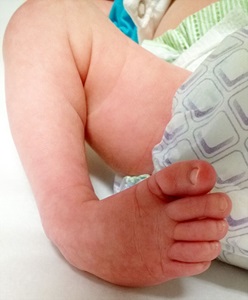



Clubfoot Johns Hopkins Medicine
My MIL has a mild club foot (which she never corrected) so there lies the answer My DD also looked like having a club feet at her week scan (they never diagnosed it though) but she was born just fine Tricky !!Clubfoot Clubfoot is a birth defect that causes a child's foot to point inward instead of forward The condition is normally identified after birth, but doctors can also tell if an unborn babySymptoms of Club Foot in Horses Lameness Pain Excess toe wear Shortening of the tendon that is attached to the coffin bone Impacts the standing or movement of your young horse It can affect one or both limbs usually in the fore limbs Coronary band may bulge as the deformity progresses



Ponseti Method



Clubfoot Orthoinfo os
Over the course of six to eight weeks, clubfoot may be corrected without surgery Casting is more successful for those with mild clubfoot and those treated within the first two weeks of birth Babies and older patients who have severe clubfoot may not respond to casting They need surgery to correct the conditionIf your baby has club foot, one or both feet points down and inwards with the sole of the foot facing backwards Club foot isn't painful for babies, but if it isn't treated, it can become painful and make it difficult to walk as they get older Types of clubfoot Clubfoot isSave Get it as soon



1




To Parents Of Children Born With Clubfeet University Of Iowa Stead Family Children S Hospital
But my question is how can a baby survive for weeks and be so active if his heart didn't function properly ?If your baby is born with this abnormality, the foot will be turned inward and tipped, sometimes so severely that it almost seems upsideDoctors are not sure about this diagnosis but seems that my baby may have a very mild case of Clubfoot (organs, heartbeat etc seems perfectly fine) Next steps have been recommended, genetic counseling, Amniocentesis and Fetal Echocardiography However we are not sure we want to get the Amniocentesis done as we believe the results won't impact our decision of having the baby




June 3rd World Clubfoot Day




To Parents Of Children Born With Clubfeet University Of Iowa Stead Family Children S Hospital
The term club foot actually refers to a congenital defect of the foot and according to The Free Dictionary, the medical definition is a condition in which one or both feet are twisted into an abnormal position at birthTrue clubfoot is characterized by abnormal bone formation in the footIt is much more common for a baby to have a foot turned inward due to positioning, but these feet are very flexible and can easily be straightened with gentle manipulation 1 Newborns with a club foot are often treated with bracing, physical therapy, casting, or surgery 1And, with proper treatment, the foot can look and function much like a normal foot




Talipes Club Foot Doctors Australia




Clubfoot Children S Orthopaedic And Scoliosis Surgery Associates Llp
Arch Supports, Orthopedic Shoe Inserts for Plantar Fasciitis, Flat Feet, OverPronation, High Arch &Clubfoot can range from mild to severe, but typically has the same general appearance The foot is turned inward and there is often a deep crease on the bottom of the foot (Left) A child with clubfoot in both feet (called bilateral) (Right) Note the deep crease on the bottom of the foot in this child with a unilateral clubfootOver the course of six to eight weeks, clubfoot may be corrected without surgery Casting is more successful for those with mild clubfoot




Congenital Clubfoot Early Recognition And Conservative Management For Preventing Late Disabilities Springerlink




Club Foot Talipes In Babies Causes Signs Treatment Youtube
Anng23 member December 15 in May 16 Moms Had my week anatomy scan a few days ago and they found that the lil one has a mild right club foot All my genetic screens came out in the lowest risk category but I'm still nervous as it's a soft marker for other issuesThe foot abduction brace is used only after the clubfoot has been completely corrected by manipulation, serial casting, and possibly a heel cord tenotomy The foot abduction brace, which is the only successful method of preventing a relapse, when used consistently as described is effective in >At the beginning of the Clubfoot correction process is the casting phase Both my sons wore casts for 10 – 12 weeks The first few weeks usually require a weekly cast change as the baby is growing so fast, and the later few weeks before the Achilles tenotomy they are changed every 7 – 10
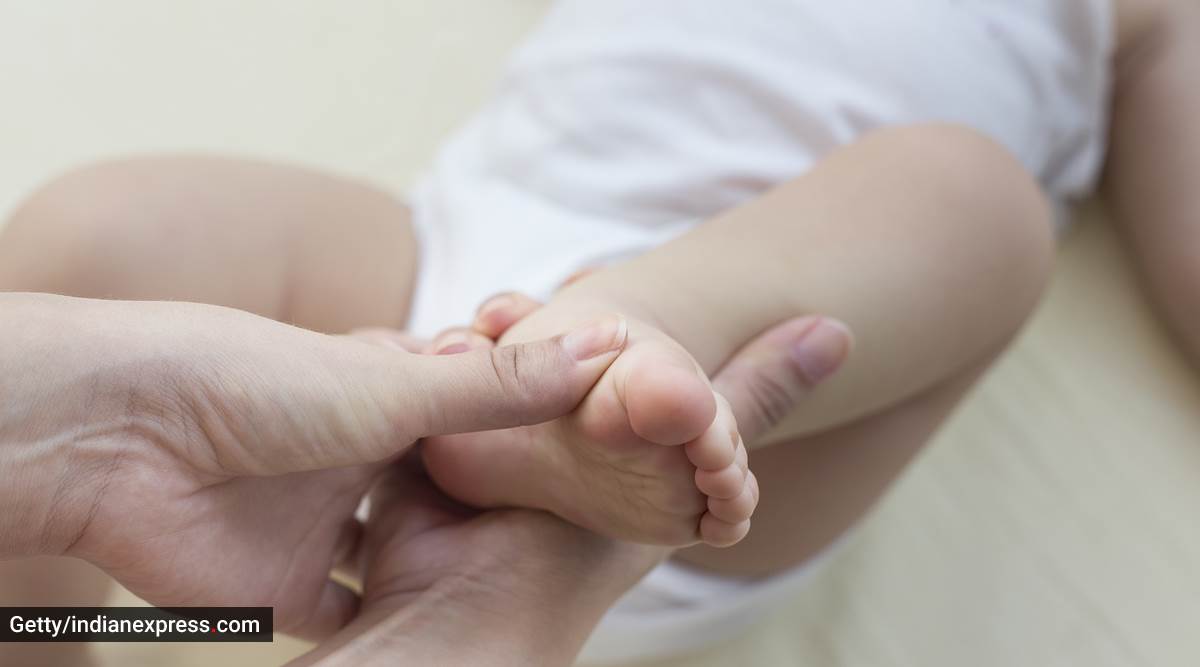



On World Clubfoot Day An Expert Answers All Your Questions About The Birth Deformity Parenting News The Indian Express




When Your Child Has Clubfoot
1 of the following criteria needs to be met at least 15 sizes different (example a size 4 and a size 55) OR at least one size and one width different (example a size 4 and a size 5W) OR two width differences (example a size 4 and a size 4WW) *This can be done online as wellCongenital Talipes Equinovarus is sometimes referred to as club foot Club foot occurs in less than 05% of births It is more common in boys than girls In half of the babies with club foot, both feet are affected The feet need to be corrected;Some cases are associated with clubfoot although in the one illustrated here it is only mild Treatment of the tight band often involves surgery If there is a clubfoot associated, then Ponseti treatment should only be done with extreme care as blood supply to the foot can be affected and there is a risk of gangrene
:max_bytes(150000):strip_icc()/clubfoot_before-56a6fb603df78cf7729142e3.jpg)



Photos Of Babies With A Clubfoot




To Parents Of Children Born With Clubfeet University Of Iowa Stead Family Children S Hospital
Can club foot be fixed in horses?Clubfoot is a birth defect where one or both feet are rotated inward and downward The affected foot and leg may be smaller than the other Approximately 50% of cases of clubfoot affect both feet Most of the time, it is not associated with other problems Without treatment, the foot remains deformed, and people walk on the sides of their feet This may lead to pain and difficulty walkingClub foot on ultrasound anyone else?




To Parents Of Children Born With Clubfeet University Of Iowa Stead Family Children S Hospital




Club Foot Nhs



Clubfoot In Newborns Paedicare Paediatricians
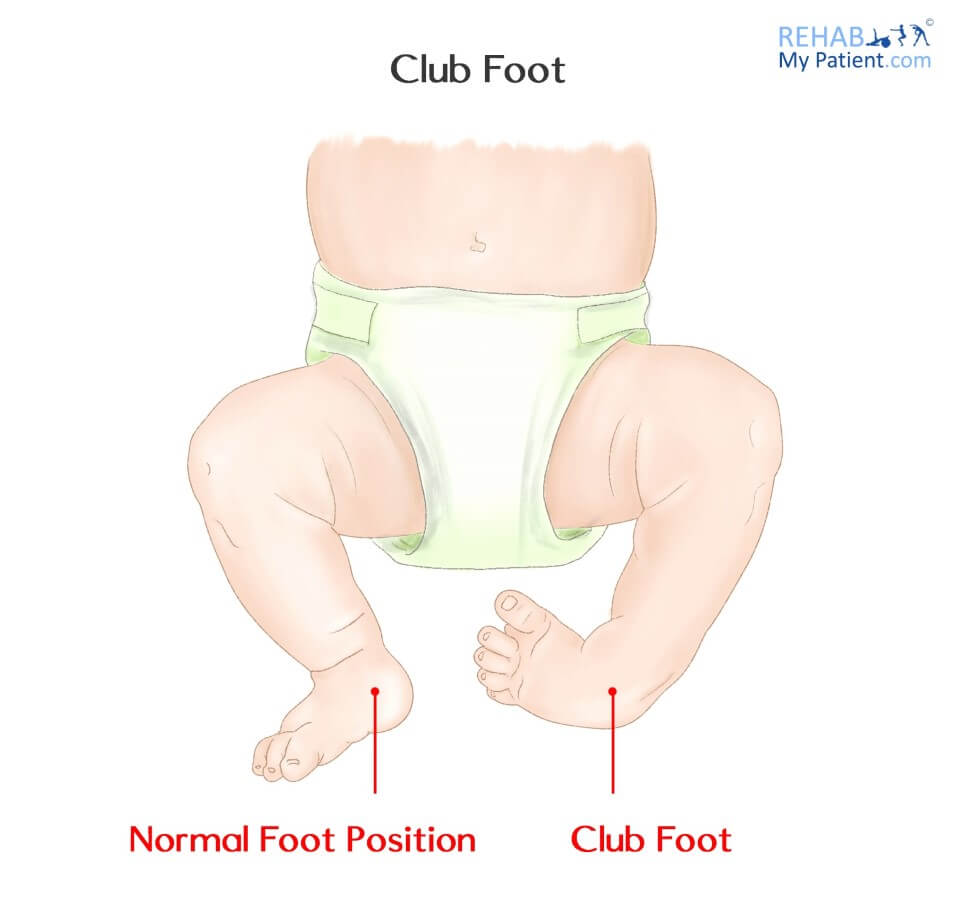



Club Foot Rehab My Patient



Www Healthinfo Org Nz Patientinfo Pdf




Stretching Exercises For Child S Clubbed Foot St Louis Childrens Hospital
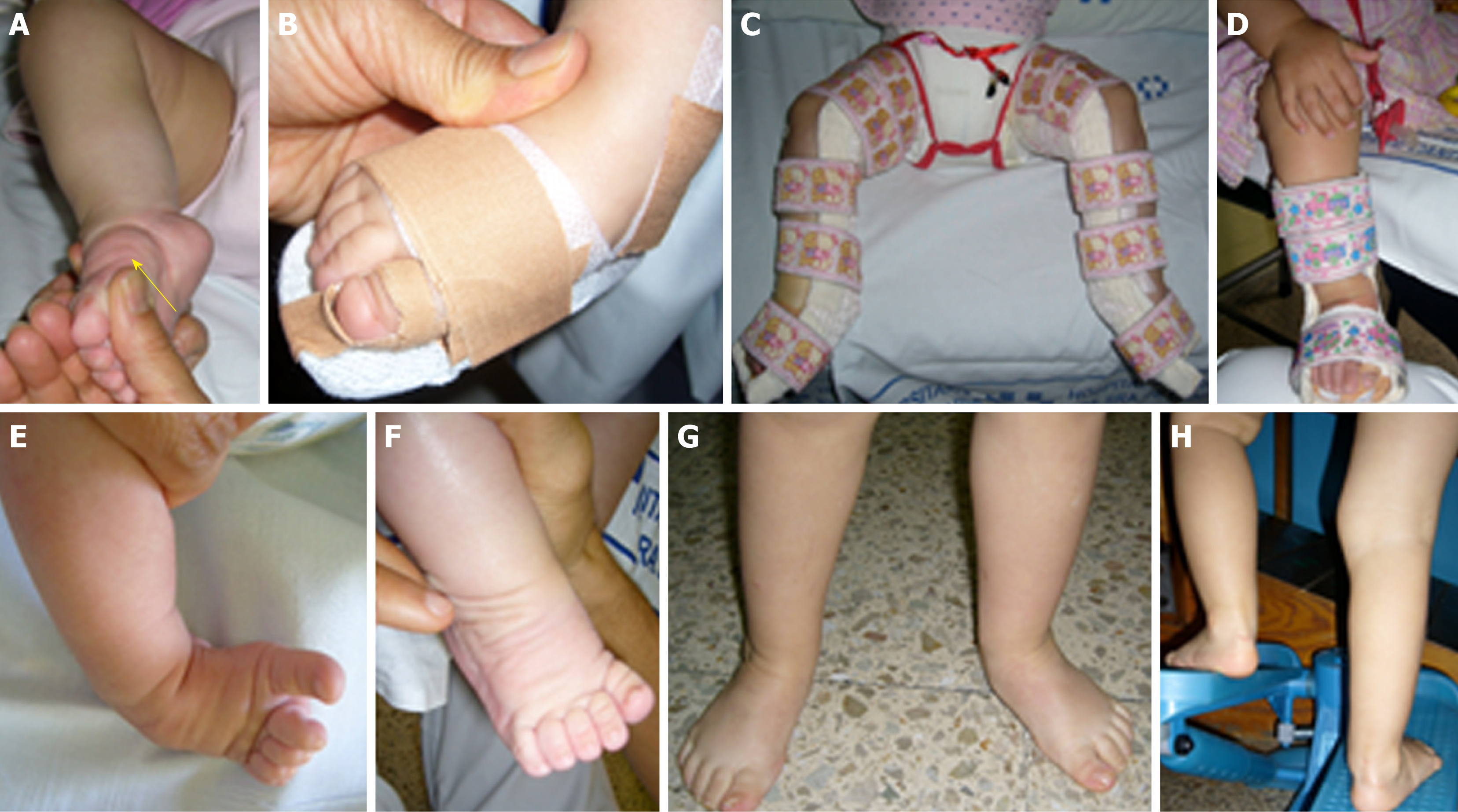



Functional Physiotherapy Method Results For The Treatment Of Idiopathic Clubfoot




Clubfoot Children S Orthopaedic And Scoliosis Surgery Associates Llp




Club Foot Congenital Talipes Equinovarus About Club Foot Patient
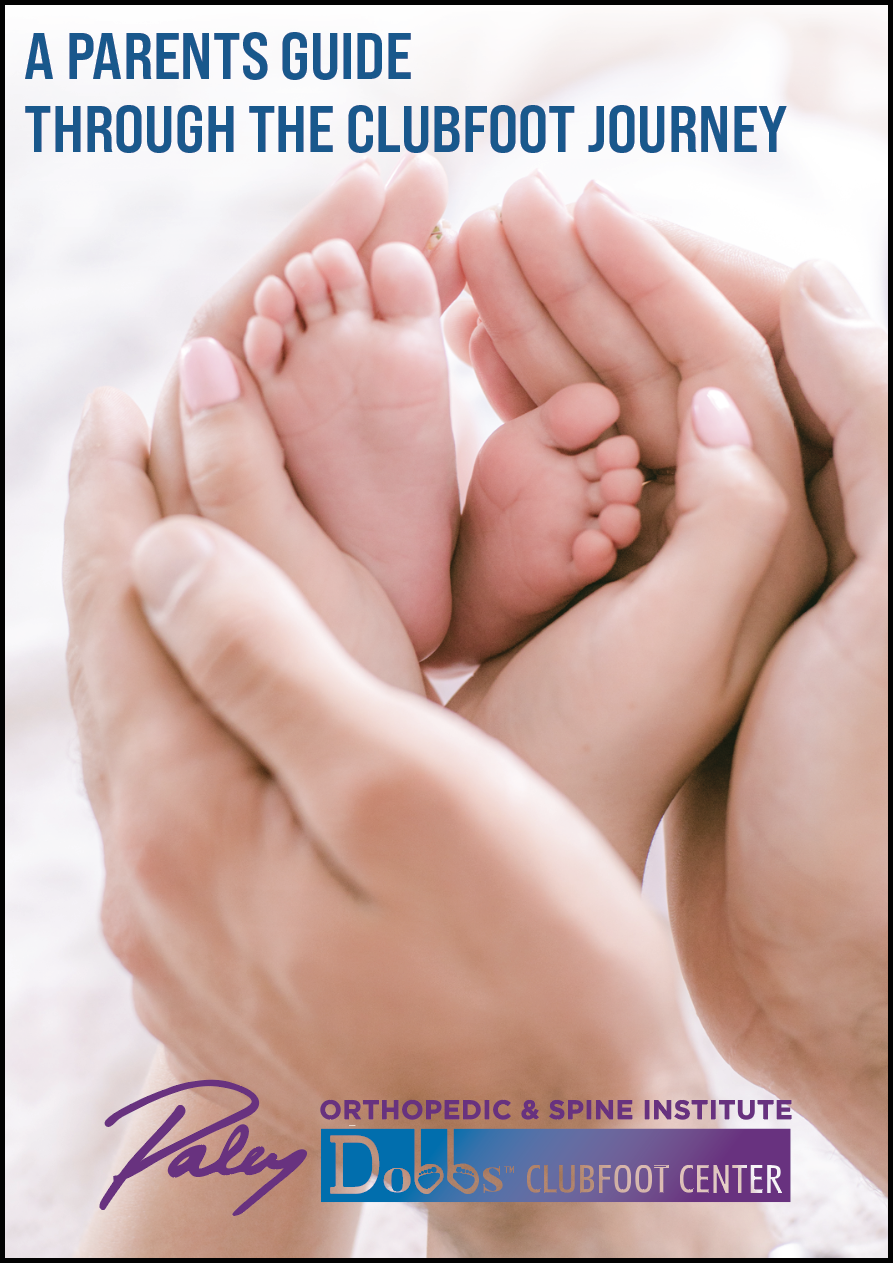



Clubfoot Paley Orthopedic Spine Institute




The Newborn Foot American Family Physician
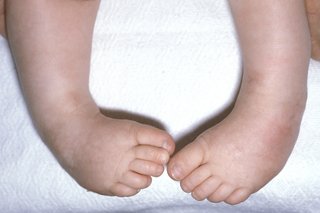



Club Foot Nhs



Club Foot



Before Going To Doctor Which Must Know About Clubfoot Rxharun



1




Clubfoot And Other Foot Defects Children S Health Issues Merck Manuals Consumer Version




Clubfoot Healthing Ca



Clubfoot Symptoms Stages Definition Description Demographics Causes And Symptoms Diagnosis




Treatment Of Relapsed Residual And Neglected Clubfoot Adjunctive Surgery Journal Of Children S Orthopaedics




A Peachtree City Life Clubfoot Files




Babies Feet



Clubfoot Orthoinfo os




Positional Clubfoot




Challenging Clubfeet The Arthrogrypotic Clubfoot And The Complex Clubfoot Journal Of Children S Orthopaedics



Club Foot In Infants Reasons Signs Remedies




Clubfoot Boston Children S Hospital




Club Foot Wikiwand




Positional Clubfoot




Orthokids Clubfoot



1




Many Treatment Approaches For Those With Clubfoot The Star
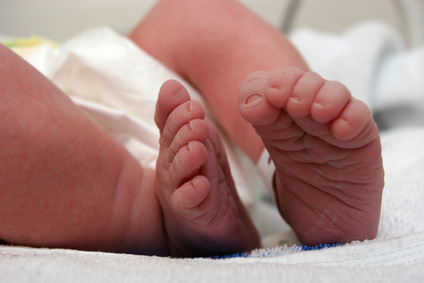



Talipes Club Foot Parents Powwow




Pdf Treatment Of The Complex Idiopathic Clubfoot
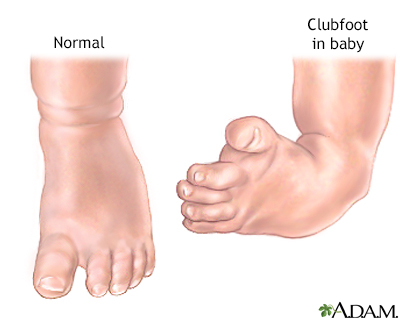



Clubfoot Information Mount Sinai New York




Clubfoot Treatment At Kayal Orthopaedic Center In New Jersey




Update On Club Foot Sciencedirect




Club Foot Symptoms And Treatment




The Current State Of Treatment For Clubfoot In Europe Springerlink
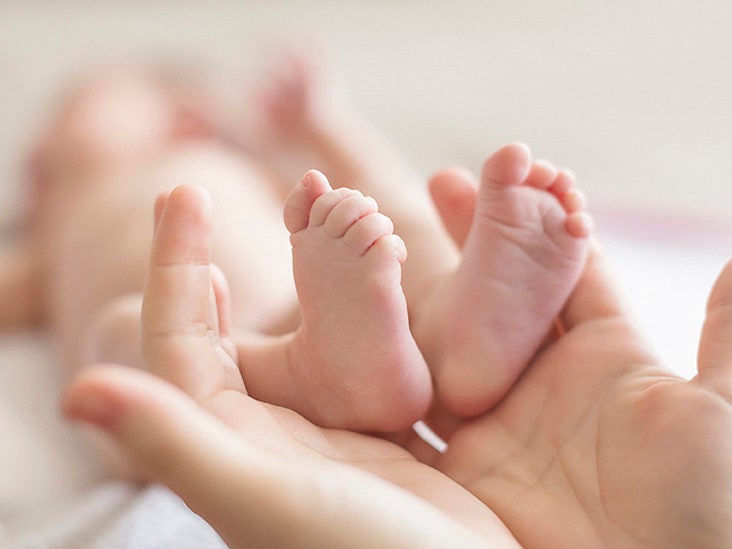



Clubfoot Repair Treatments Procedure Outlook




So You Re Expecting A Clubfoot Baby Thoughts Tips And Resources Cartwheeling Down The Aisle
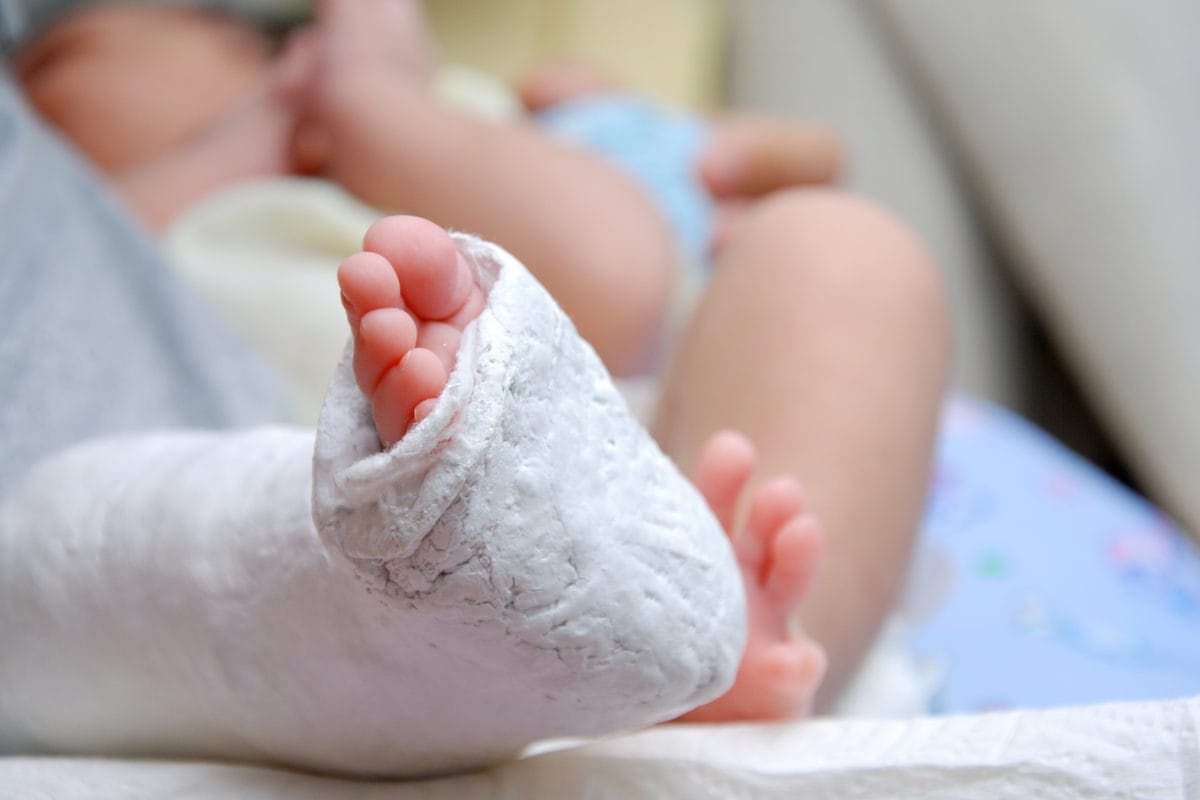



What Is Clubfoot Symptoms And Treatment Familydoctor Org



Clubfoot Orthoinfo os
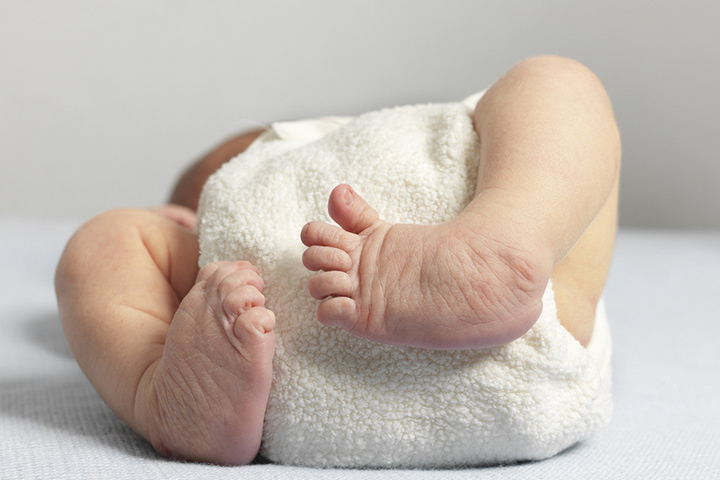



Clubfoot In Baby Causes Diagnosis Treatment Pictures
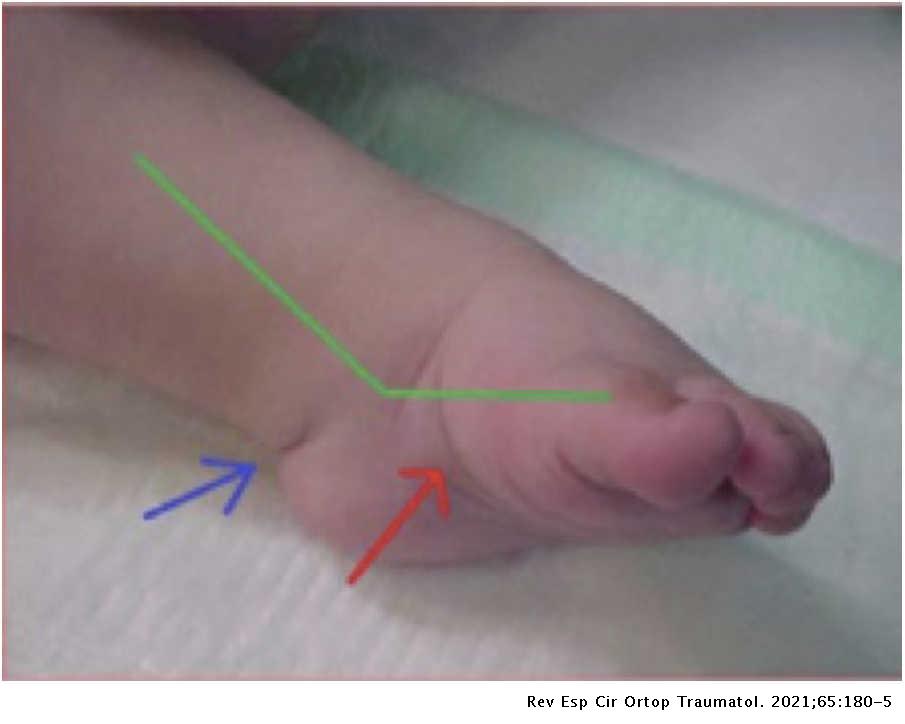



Syndromic Clubfoot Beyond Arthrogryposis And Myelomeningocele Orthopedic Treatment With Ponseti Method Revista Espanola De Cirugia Ortopedica Y Traumatologia English Edition




Clubfoot Orthopaedia
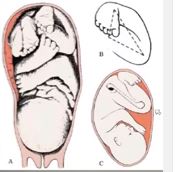



Introduction To Clubfoot Physiopedia




A F A A 7 Month Old Girl Presented With Unilateral Clubfoot With Download Scientific Diagram




Starship Resources For Children Coming To The Orthopaedic Clinic For Clubfoot
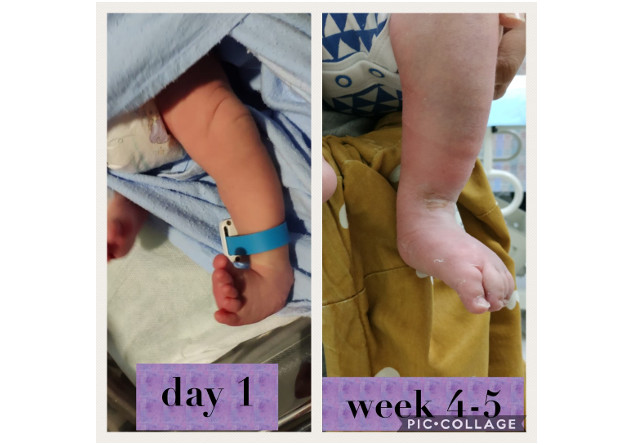



My Baby Has Clubfoot
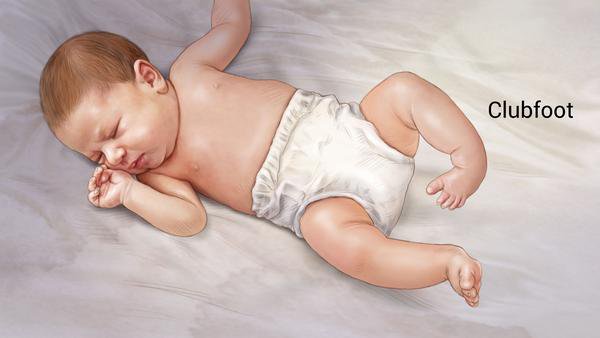



Clubfoot Treatment In Iran Best Doctors Clinics Free Consultation
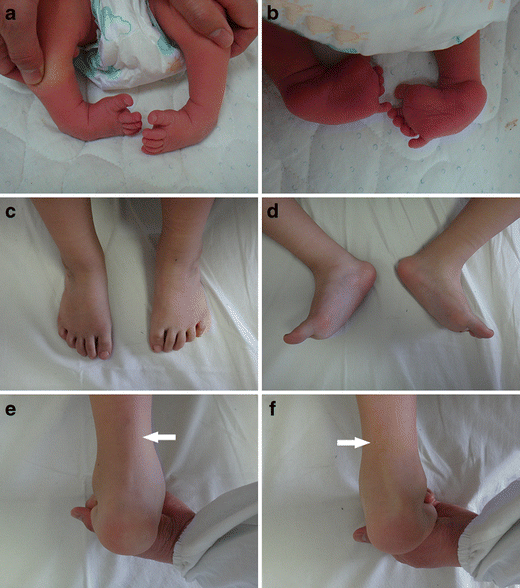



Congenital Clubfoot Early Recognition And Conservative Management For Preventing Late Disabilities Springerlink




Clubfoot Symptoms Causes Risk Factors Treatment




Clubfoot Wikipedia




Clubfoot Causes Symptoms And Diagnosis
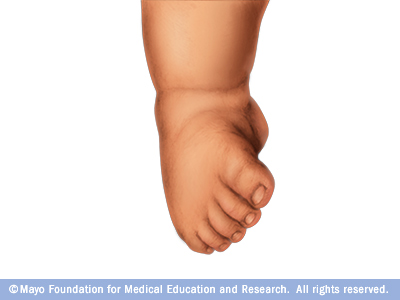



Clubfoot Middlesex Health




Talipes Babycentre Uk
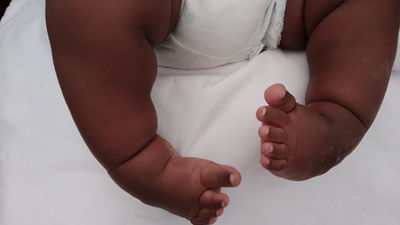



Clubfoot Why It Happens And How Doctors Treat It Daily Monitor
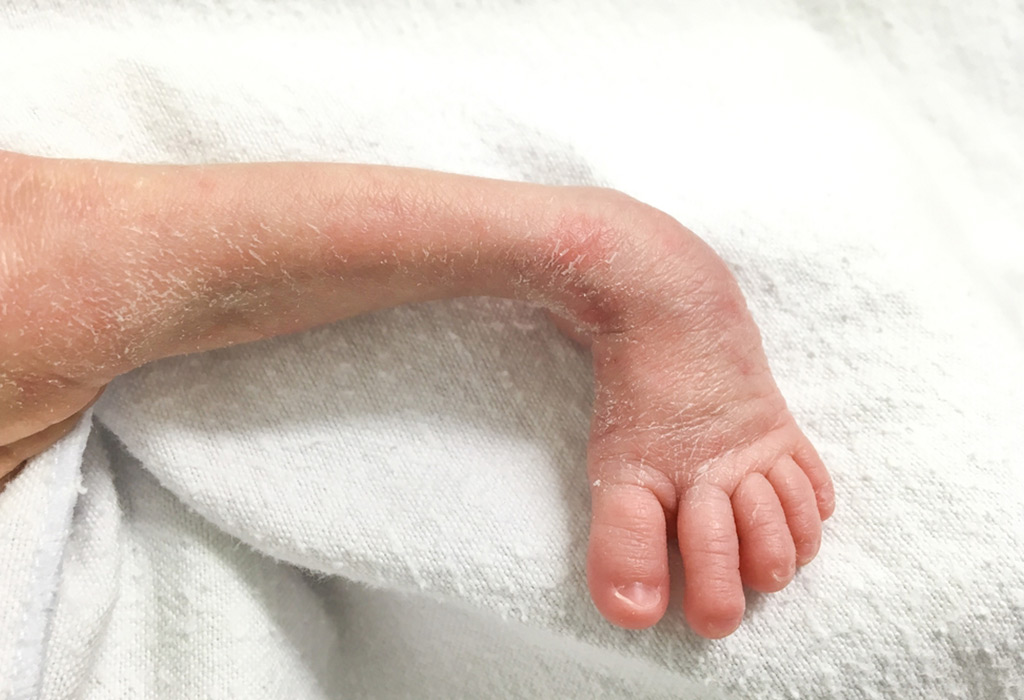



Club Foot In Infants Reasons Signs Remedies




Clubfoot Healthdirect
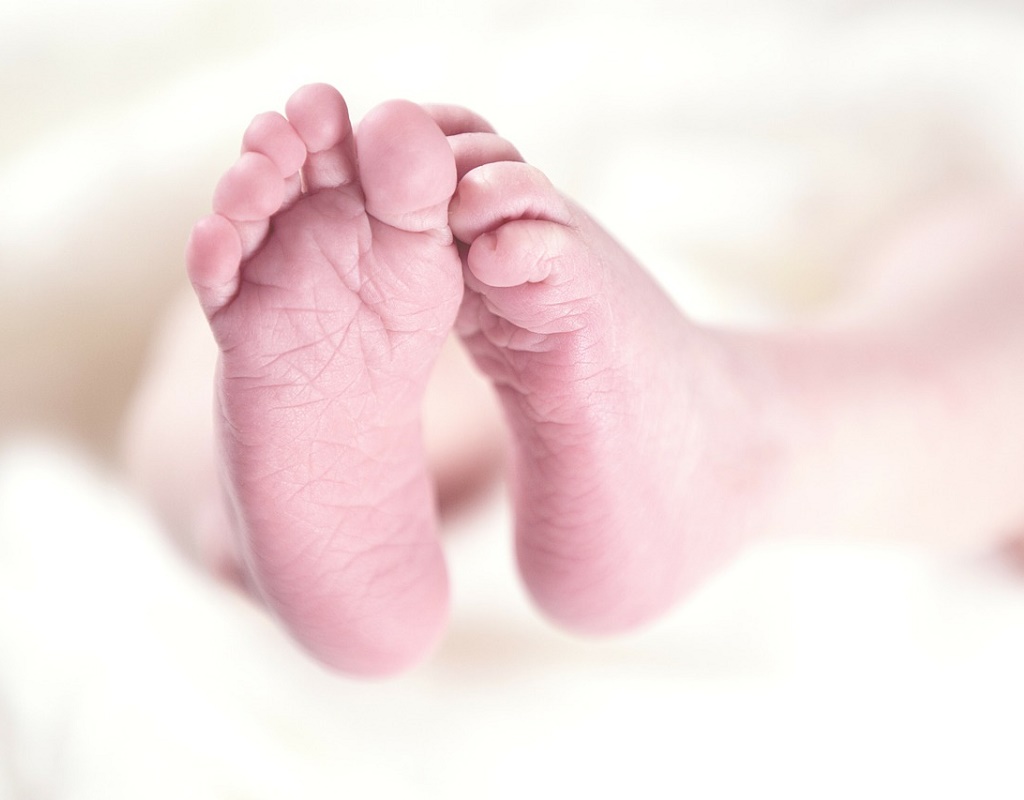



Club Foot Cause And Treatment Family Health Kidspot
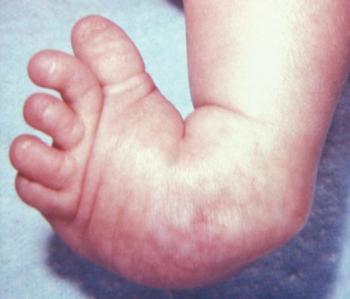



Clubfoot Causes And Treatments




Clubfoot In Children Lurie Children S
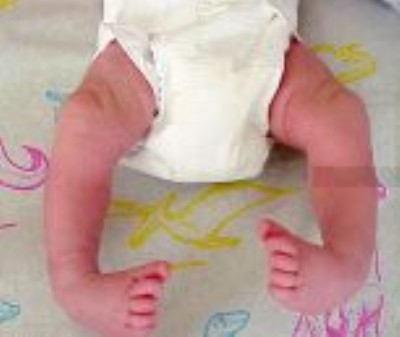



Club Feet Beauchamp Foot Care Beauchamp Foot Care
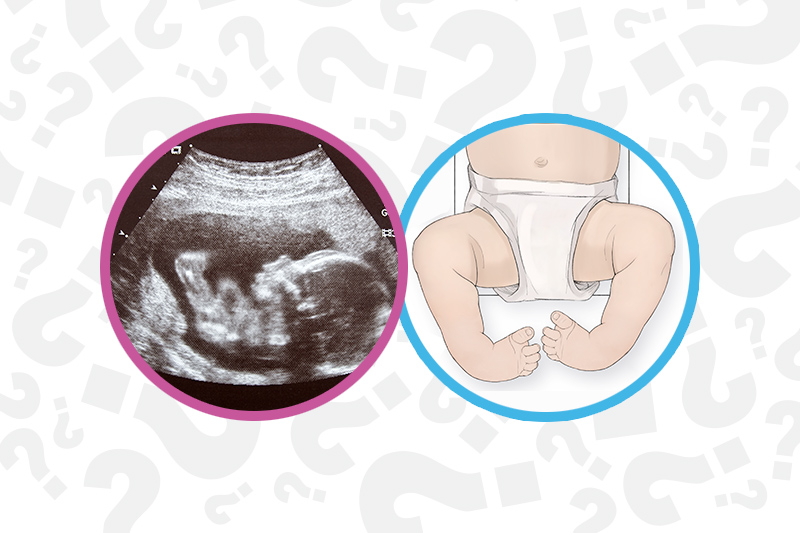



When Your Baby Has Clubfoot Answers For Expecting Parents Boston Children S Answers
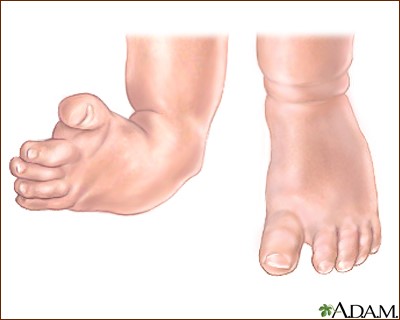



Antidepressants And Clubfoot Birth Defect



Escholarship Org Content Qt5260f48f Qt5260f48f Pdf
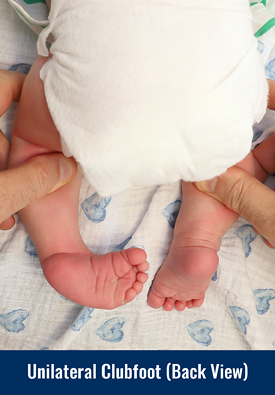



Clubfoot Baltimore Md International Center For Limb Lengthening




Common Childhood Foot Deformities Consultant360
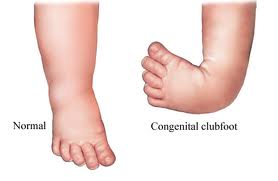



Introduction To Clubfoot Physiopedia
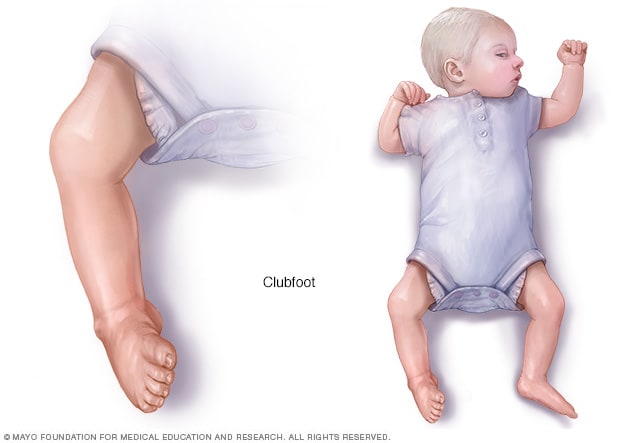



Clubfoot Symptoms And Causes Mayo Clinic
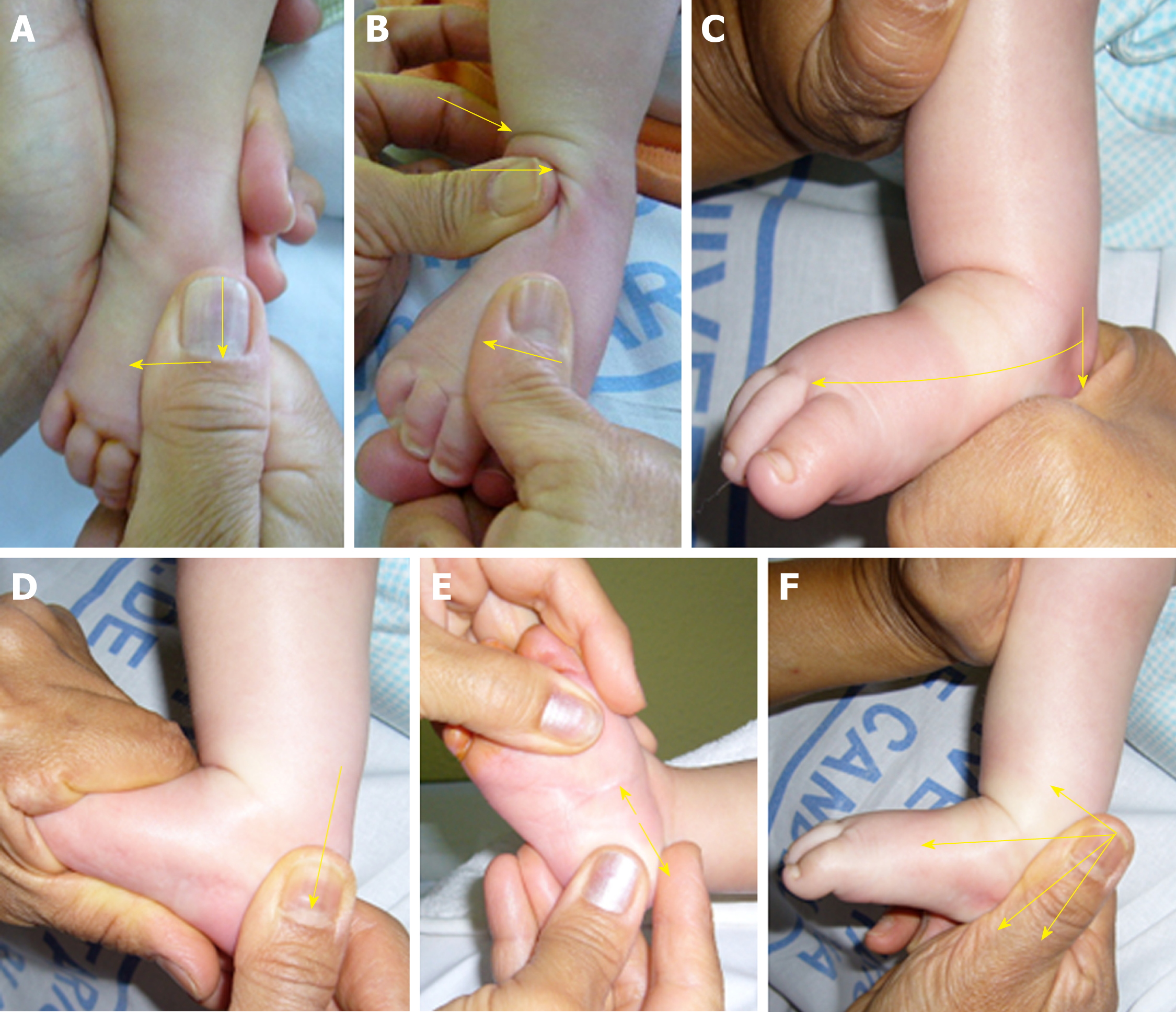



Functional Physiotherapy Method Results For The Treatment Of Idiopathic Clubfoot
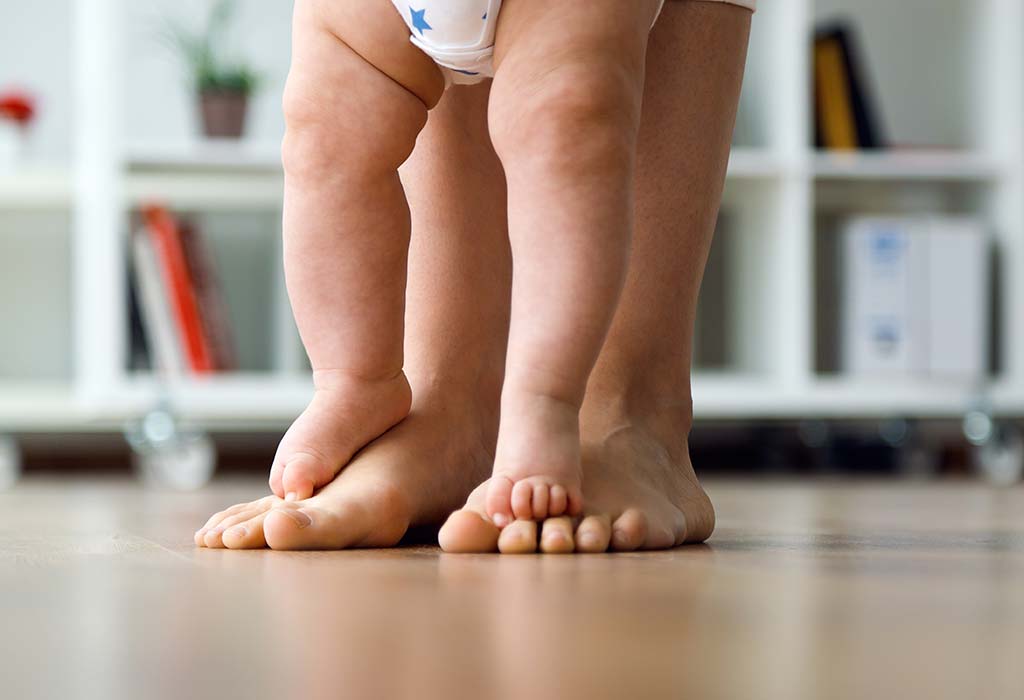



Baby S Feet Developmental Stages Foot Problems Care




Common Childhood Foot Deformities Consultant360




How To Do Clubfoot Stretches Nemours Kidshealth Youtube
:max_bytes(150000):strip_icc()/clubfoot_after-56a6fb603df78cf7729142e6.jpg)



Photos Of Babies With A Clubfoot



Clubfoot Orthoinfo os



0 件のコメント:
コメントを投稿